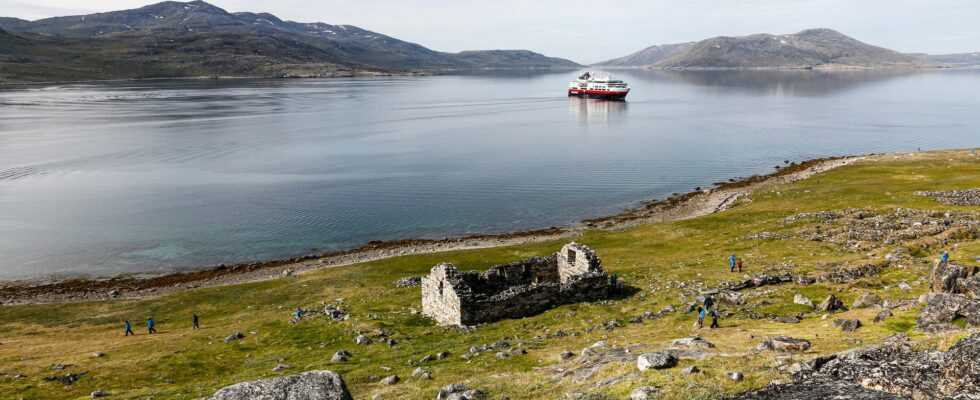It is an unsolved mystery why southern Greenland was first successfully settled by Norse people in the early Middle Ages and then abandoned quite suddenly after a few centuries. There are a number of theories about the reasons for the abandonment of settlements in the early 15th century: it seems likely that the global cooling during the Little Ice Age gradually made life on Greenland unbearable. In addition, there may have been an unsustainable use of resources due to growing global competition. A new analysis is now again focusing on the climate as the main cause – however, it was probably not too cold for settlement in Greenland in the long term, but above all far too dry.
This is the conclusion reached by a research team led by Raymond Bradley from Amherst University in the journal Science Advances. The researchers were the first team to collect data on site in the old settlement area in order to reconstruct the microclimate there in the Middle Ages. Previous studies had performed historical climate reconstructions using ice cores taken from the Greenland ice sheet almost 1,000 kilometers to the north at higher altitudes. However, the conditions in southern Greenland were different in the 15th century, as the new studies show.
Bradley’s team took samples over three years from Lake 578, a lake in close proximity to one of the largest abandoned Norse settlements in south-east Greenland. From the ice cores, it reconstructed the weather changes over two millennia. Temperature changes reveal themselves to researchers via so-called GDGTs, certain branched lipid molecules that are produced by bacteria and archaea and are contained in the frozen ice of the drill cores year after year. The branching structure of these molecules depends on the ambient temperature in which the bacteria lived. In addition, the researchers were able to determine the change in humidity over time; a specific waxy molecule was used as a marker, which plants spread in greater or lesser amounts on their leaf surfaces in order to provide greater or lesser protection against dehydration.
